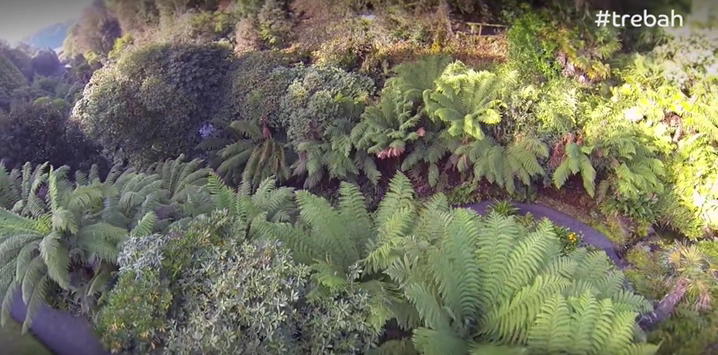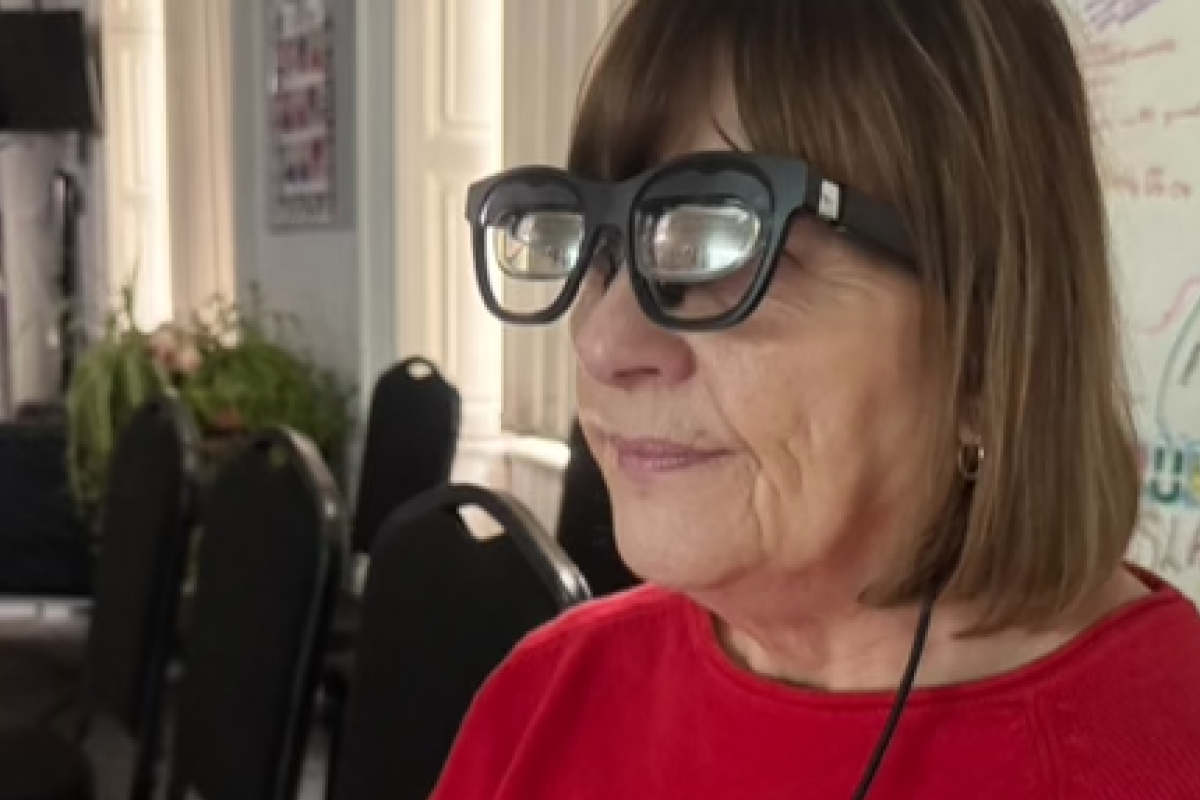The skies are magnificent and the trees glorious in their autumnal colours. But flying in Autumn can mean a few more problems.
There is a perfect mix needed for aerial video. Good weather, low winds and excellent light make for the best flying.
This means optimum video conditions too. And it’s what Soundview makes sure we have, to get the best results for our clients. So it’s really important to look out for that perfect mix.
Autumn Aerial Video
It’s not that clear blue skies are needed. In fact, a scattered cloud can actually be more stunning; a few cumulus clouds can make for dramatic effect.
What’s really required is wind speeds of less than 10 miles an hour, no rain and quality daylight. These combined factors mean that whatever we film, looks great.
September has had some good flying days this year. So far, this month we have been in the air to video for Greenwood Grange, Dorset, a collection of luxury holiday cottages. We kept an eye on the weather forecast to spot a good day to fly.
When we found a day when the weather looked great, we got our kit ready. Then the next morning, we set out early to make the most of it.
Featuring Autumn walks in woodland and that special late summer light, Greenwood Grange looked great.
Autumn Videos
A number of our clients choose to target an Autumn audience. They want to promote their destinations at this time of year. Millbrook Devon, Trebah Garden Cornwall and Greenwood Grange Dorset all requested videos that captured what they had to offer in September, October and December.
Safe Aerial Video
It takes at least two people on an aerial video shoot: one to fly and monitor the video, the other to keep an eye on the drone at all times. This means that there are two sets of eyes on the sky. And two sets of eyes making sure that the local area is safe too.
When flying, you must be at least 50 meters from people and animals who are not part of the video. We cordon off the filming area when needed. Most of the time, however, we are flying in quieter places so can keep an eye out for anyone, or anything approaching.
Once the drone is in the sky we need to watch out for other obstacles. Overhead lines and power cables, birds (seagulls sometimes attack our drone) and of course planes and helicopters. We notify the CAA, local search and rescue and the Air Ambulance that we are flying well in advance of doing so.
The CAA granted permission to fly. We also then check who else is likely to be in the air. The final safety measure is flying below 400 feet. This means you can land quickly if you see an aircraft and are unlikely to be at the same altitude as them.






